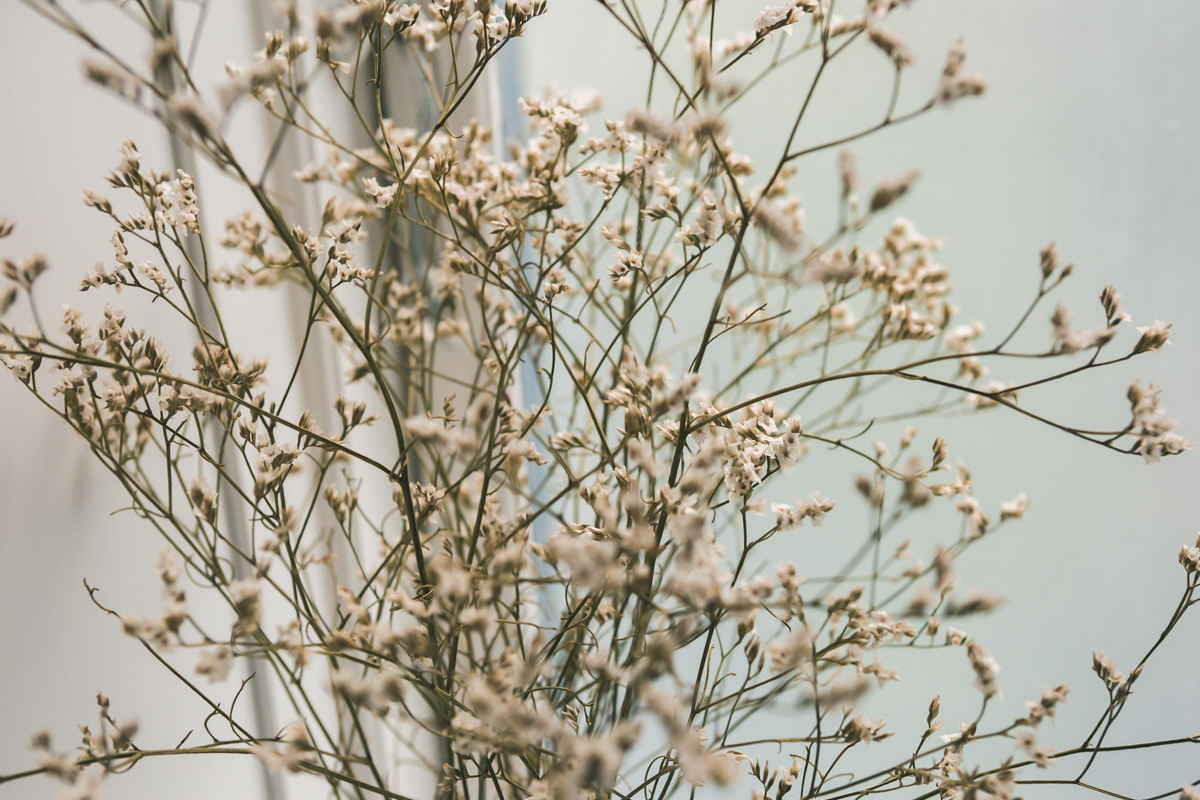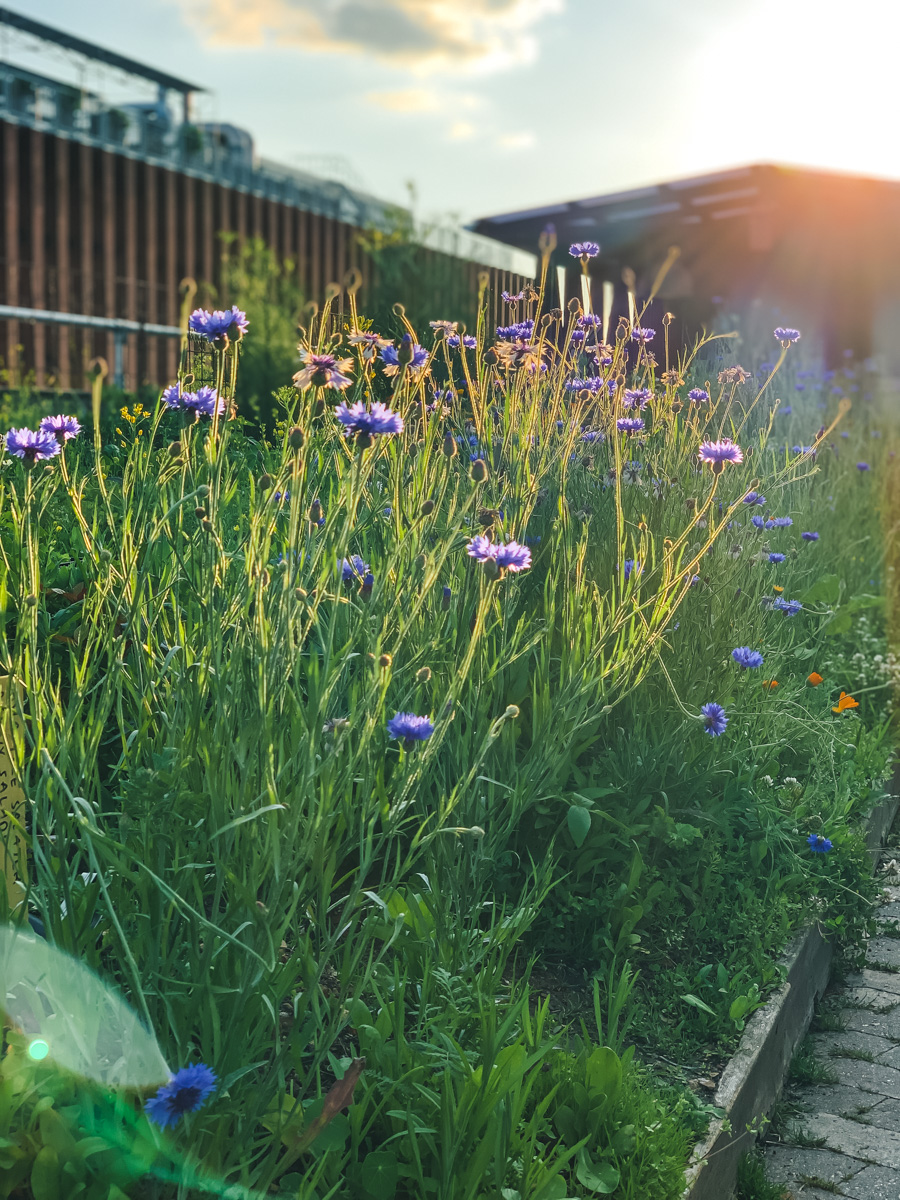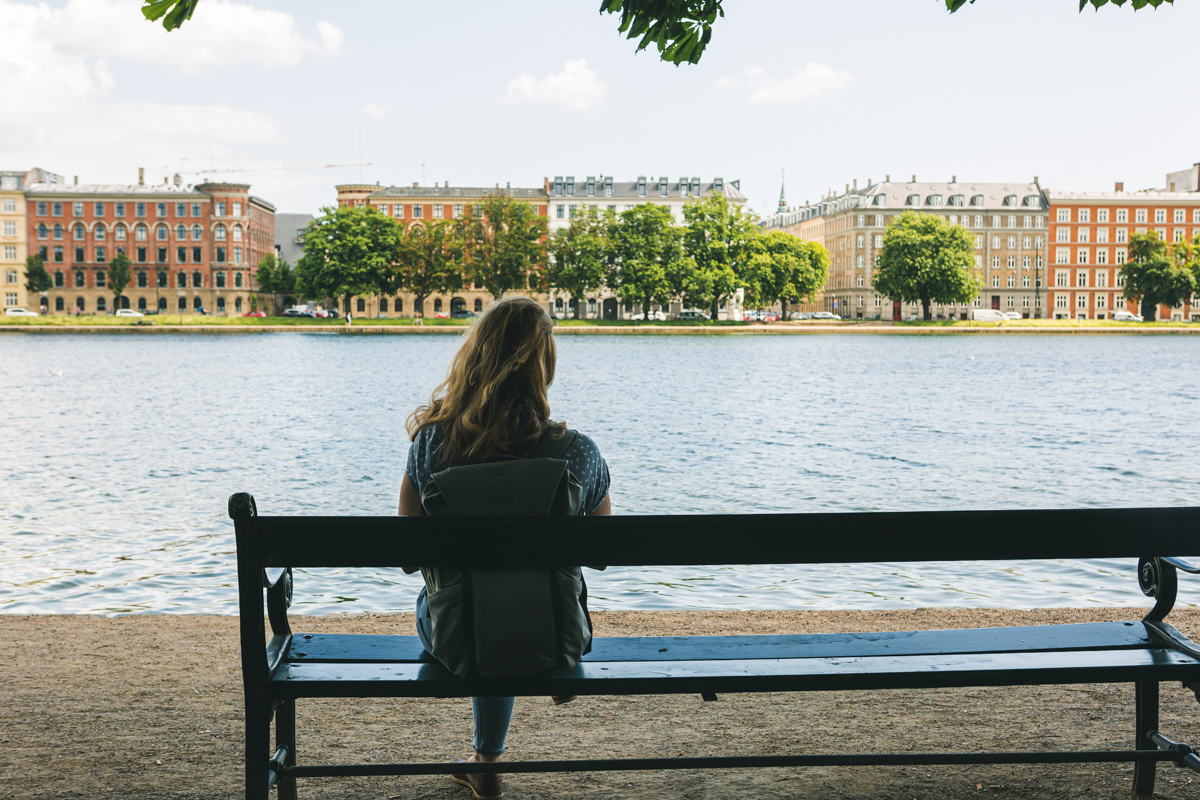Travel Log: Copenhagen
Poster City

The centre of Scandinavian culinary delights. The place where people are the happiest. Bikes. Fermentation, rye bread and Mikkeller beer. Copenhagen is not only Denmark’s capital, it is also the headquarter of so-called »hygge«, which made its triumphal procession all over the world. The city ticks so many boxes that it appears to be an example to others, maybe even a poser. So it was high time to investigate it more closely and find out what lies behind this 1.2 million metropolis.



Before we dive into this guide of a seemingly perfect city, it has to be said that we met it at its best.
The sun was shining all the time and it was June. The summer days seemed almost endless, as we were already further north. So, we didn’t experience the tough love Copenhagen typically can give both its visitors and inhabitants. No wind was howling, no clouds were glowering from above. Copenhagen introduced itself as a city with northern charm and southern weather. So, we were, of course, biased.
 Nordic charme – southern weather. Copenhagen is green and built closely to the waterfront.
Nordic charme – southern weather. Copenhagen is green and built closely to the waterfront.On paper, the Danes got the hang of it. Of what, you might ask? Well, everything! Society! Health Care! Living together! Healthy food! Renewable energies! Cycling instead of driving! Clean streets! Public infrastructure! You name it, they got it.
How does that system look like in detail? Well, in addition to offering free education, students get monthly support from the state. If you’re pregnant, you look forward to a 52-week-paid parental leave. The gap between rich and poor is narrower in Denmark than it is anywhere else. No wonder, it got voted leader in Monocle’s quality of life index and got the UN’s recognition of best city to live in more than once. That’s why, before we came to the city, we had imagined a folk of smiling Vikings, strong, blond and blue eyed.
How does that system look like in detail? Well, in addition to offering free education, students get monthly support from the state. If you’re pregnant, you look forward to a 52-week-paid parental leave. The gap between rich and poor is narrower in Denmark than it is anywhere else. No wonder, it got voted leader in Monocle’s quality of life index and got the UN’s recognition of best city to live in more than once. That’s why, before we came to the city, we had imagined a folk of smiling Vikings, strong, blond and blue eyed.
The reality was slightly different.

Not the appearance of course, Danes are far too stylish and yes – they resemble vikings with their uniform of blue, black, green and grey (according to the books, these were also the colours mostly worn by their ancestors), but – there were no smiles and sometimes we were even reminded of the classic Viennese grumpiness. So more or less, we felt at home, but were bewildered at the same time. We imagined the people living in such a beautiful & bountiful place being their utmost happiest self all the time. Which, in fact, didn’t look like it.



hija de sanchez
The most perfect taco on the European continent is prepared in the midst of Torvehallerne food market. »Hija de Sanchez« is like a magnet for all lovers of Mexican food.
atelier september
Just one teeny-weeny induction plate produces all the goodness served at this soothing coffee shop and exquisite breakfast place.
The most perfect taco on the European continent is prepared in the midst of Torvehallerne food market. »Hija de Sanchez« is like a magnet for all lovers of Mexican food.
atelier september
Just one teeny-weeny induction plate produces all the goodness served at this soothing coffee shop and exquisite breakfast place.
Other than that our (high) expectations were excelled. Who would have thought that the most perfect taco on the European continent is prepared in the midst of Torvehallerne food market by »Hija de Sanchez«? The old fruit and vegetable market got transformed into a mecca for international food lovers. If needed, our bellies can take in a lot, but we only made it to three different cuisines – a grand savory portion of Mexican (»Hija de Sanchez«) and Argentinian (»La Boca«) plus a sweet Danish (»Coffee Collective«) finish.
However, we came back as often as we could to try all variants of tacos Hija de Sanchez had to offer. Because: who can resist a pork belly & marinated achiote taco or a slow cooked potato & barley »chorizo« taco? Right – the answer is: nobody! Behind the counter (of three eateries) is Rosio Sanchéz, a Chicago-born lady, who was known as one of the best pastry chefs, before she started to fill tacos with goodies.
However, we came back as often as we could to try all variants of tacos Hija de Sanchez had to offer. Because: who can resist a pork belly & marinated achiote taco or a slow cooked potato & barley »chorizo« taco? Right – the answer is: nobody! Behind the counter (of three eateries) is Rosio Sanchéz, a Chicago-born lady, who was known as one of the best pastry chefs, before she started to fill tacos with goodies.

What is true for Copenhagen is that you could definitely eat all day and won’t get bored. We would recommend starting your day at »Atelier September«, which is far from off the beaten path, because it is one of the most beautiful cafés we’ve ever set foot in. Their specialty is avocado mash on bread, but they always try out new vegetarian combinations like fermented courgettes, or lovely porridges. What makes it even more special, is that chef Frederik Bille Brahe decided that there would be no kitchen per se, but stand-alone steel tables and a single induction plate.
 Atelier September’s cosy yet reduced atmosphere helps to collect your thoughts and plan your next steps in the city.
Atelier September’s cosy yet reduced atmosphere helps to collect your thoughts and plan your next steps in the city.


»Because she could not go near all those things, she longed for them all the more.«
— Hans Christian Andersen



Beautiful concepts like »Gro Spiseri« seem to pop up everywhere, so we decided to book a table on the green roof top. In the midst of greens, veggies and other cheeky eatables, you enjoy a five-course dinner above the roofs of Østerbro district. We were seated between Swiss, Canadian, British, American and Danish gourmets, chatting away the hours while enjoying the best of local and seasonal produce.
Young and wild is Copenhagen’s Nørrebro district – with 75,000 residents, it is the smallest and most densely populated neighborhood.
Back in the day, the quarter with its cobblestone streets was a notorious trouble spot. Today, it is a mix of upscale restaurants and rad coffeeshops. It is hard to decide, where to eat, in our case, we chose »Manfreds«, the little brother of »Relæ«. Both were restaurants by Italian chef Christian Puglisi, who decided to close them by the end of 2020. If you still want to catch the essence of Danish produce, two of his establishments are still open: »Mirabelle« and »Bæst«.
Some say that Copenhagen is the city where fairy tales were invented, and when you think of one of the most famous landmarks – Hans Christian Anderson’s »Little Mermaid« – this might be true. However, nowadays the Danish stories that conquer our living rooms are most likely called »The Bridge«, »The Killing« or »Rita«. Complex characters, beaten down by life and a moody and gray sky seem to dominate the scene.
Some say that Copenhagen is the city where fairy tales were invented, and when you think of one of the most famous landmarks – Hans Christian Anderson’s »Little Mermaid« – this might be true. However, nowadays the Danish stories that conquer our living rooms are most likely called »The Bridge«, »The Killing« or »Rita«. Complex characters, beaten down by life and a moody and gray sky seem to dominate the scene.

gro spiseri
A green roof top in glimmering golden light: In the midst of greens and veggies grown close to the Northern sun, one can enjoy a five-course dinner in very international atmosphere. Rooftop-farm to table, yay!

louisiana museum of modern art
The founder, Knud W. Jensen wanted to create a museum where Danes could get in contact with modern art. But not only the museum itself, which displays internationally renowned works is worth a visit, also a stroll through the Sculpture Park is good fun.
The founder, Knud W. Jensen wanted to create a museum where Danes could get in contact with modern art. But not only the museum itself, which displays internationally renowned works is worth a visit, also a stroll through the Sculpture Park is good fun.
Apart from that, we get a glimpse of Danish every day life – like cycling everywhere and the carefully placed Arne Jacobson chair, Fritz Hansen coat stand or Poul Henningsen lamp that made Denmark world famous for its design and aesthetics. Wood, wool and stone are the materials mostly used. Big windows invite all the sunshine one can get in. Even in Nordic Noir productions or the portrait of a middle-aged Danish teacher, there’s always a glimpse of Denmark’s national treasure to spot: »hygge«. It’s a way of life and a term that has conquered many western households. A homey, cosy feeling that can be felt at home but also among friends, while having a beer. It is an important part of how the Danes see themselves that can only be grasped, when spending time among them.

